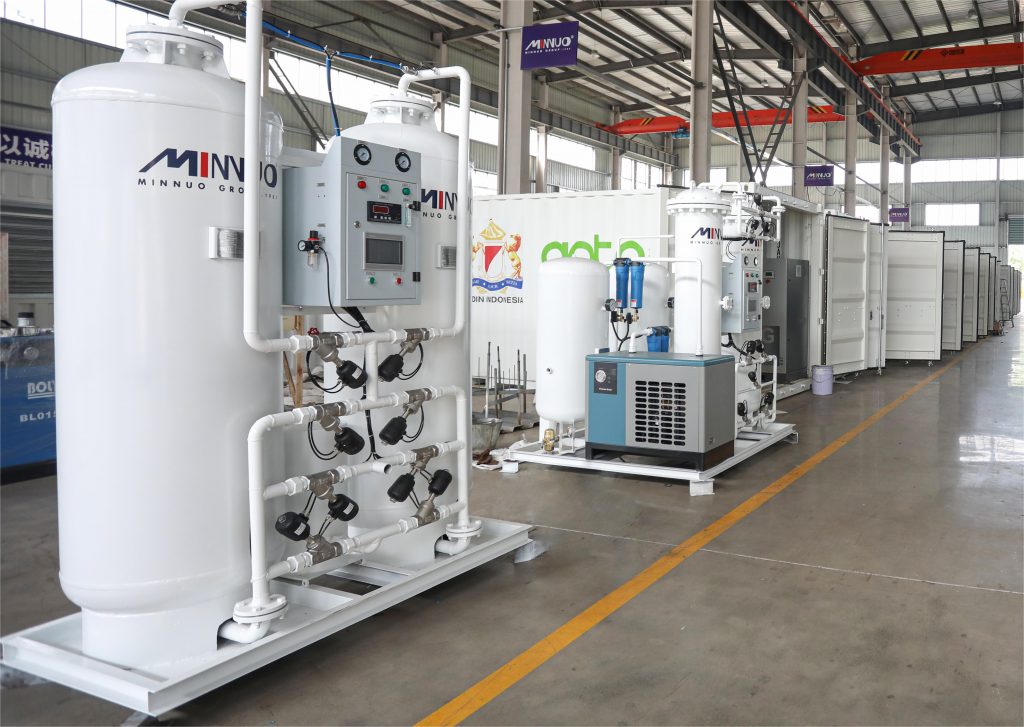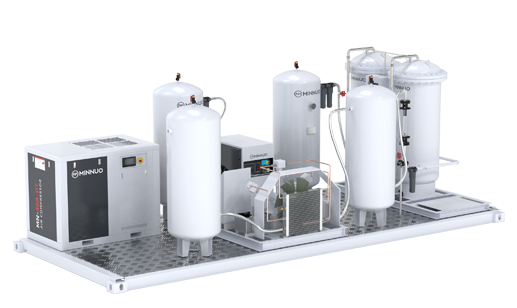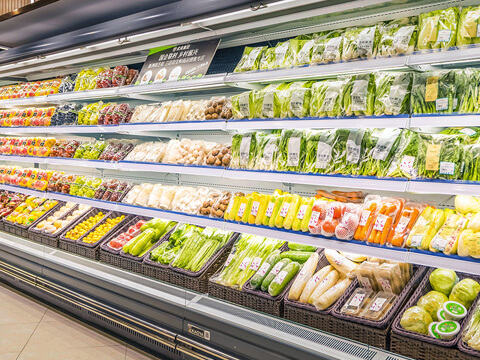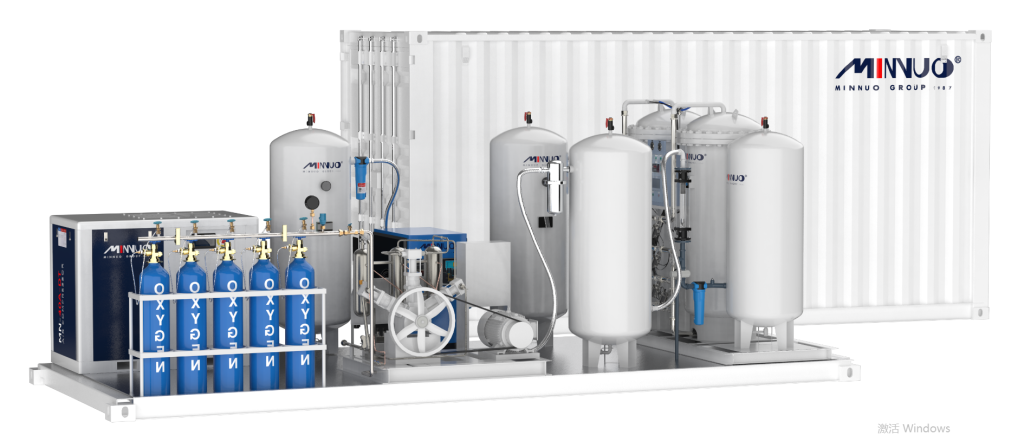What is Nitro Pepsi?
In March 2022, Pepsi introduced an innovative cola product called Nitro Pepsi. It’s readily available for North American consumers at Walmart. As you might expect, it’s a cola infused with nitrogen instead of carbon dioxide, offering two flavors: regular and vanilla. Pepsi has high hopes for this soda and claims that it will bring revolutionary changes to the cola market. Nitrogen-infused drinks have a long history, commonly found in the beer and coffee industry, but Nitro Pepsi represents the first application of nitrogenating technology in the soda category.
Is it Tasty?
In their official promotion, Pepsi describes the flavor of this cola as “smooth, creamy, delicious.” Compared to traditional carbonated drinks, it has smaller bubbles and a smoother taste. Food & Wine magazine describes it as tasting like “floaty ice cream.” Some liken the taste of Nitro Pepsi to a butter beer, while others express their preference for regular cola, feeling that Nitro Pepsi “loses some fizz but isn’t as tasty,” or “tastes like flat soda that’s been sitting out for a while.”
Recommended Way to Enjoy
The official recommendation for this cola is to enjoy it in a unique way. Due to its nitrogen-based composition, it’s best enjoyed chilled but without ice. You can also drink it similar to beer—pour it into a tall glass, appreciating its creamy foam while sipping along the glass’s rim to fully experience its rich texture, leaving behind a foamy mustache.
How does nitrogen change the taste of beverages?
To better understand the “revolution” caused by nitrogen-infused soda, let’s first take a look at traditional soda—carbonated with carbon dioxide. For decades, carbon dioxide has been the gas of choice for carbonated beverages. Its magic lies in its high solubility in drinks, allowing it to dissolve in large quantities and slowly release abundant bubbles, providing the familiar effervescence of carbonated drinks.
Injecting gas creates a wonderful foamy texture and enhances the beverage’s aroma. However, beer and coffee have long avoided using carbon dioxide as the filling gas. This is because the combination of carbon dioxide and water results in carbonic acid, inevitably affecting the drink’s flavor.
This is where nitrogen comes in as a great choice. Nitrogen’s solubility is far lower than that of carbon dioxide. This means nitrogen releases more quickly and forms smaller bubbles. The foam produced by nitrogen is softer, richer, smoother, and has a velvety texture. This results in a smoother, less aggressive mouthfeel for the beverage. Furthermore, due to nitrogen’s stable chemical nature, it’s less likely to react with the drink and form compounds. This means nitrogen doesn’t add extra acidity to the beverage, avoiding the need for additional sugar and sweeteners.
On the other hand, nitrogen-infused drinks visually present themselves as more elegant and dramatic. The cascading foam even signifies a sense of refined living.

Where does the nitrogen in beverages come from?
Pepsi claims that the nitrogen in Nitro Pepsi comes from a “unique widget” at the bottom of the can. Let’s guess – this must be a nitrogen-filled pressure-sensitive device. When you crack open the can, “pop,” the change in pressure activates this device, evenly releasing nitrogen into the liquid, creating a wonderful foam and velvety texture.
Of course, the earliest nitrogen-infused drinks in the world didn’t use this method. In 1959, Guinness beer pioneered the use of nitrogen instead of carbon dioxide in beer. Brewer Michael Ash led a team that designed a nitrogen distribution system that could evenly infuse beer with nitrogen to produce a fine, creamy head and to avoid the acidic tang that carbon dioxide can create.
In 1969, Guinness had another brainwave and obtained a patent in 1972. This invention was a nitrogen-filled ball with a small hole on the surface. It was hidden under the tab of a can, and, when the can was opened, nitrogen would be released from the ball, providing a brilliant foaming effect for the beer.
Thanks to the imaginative forays of alcoholic beverage makers, more and more beverage companies have since introduced various nitrogen-infused ready-to-drink products. By high-pressure nitrogen infusion, teas and coffees have gained smoother textures and more intense aromas.
Today, yogurt producers even introduce nitrogen into fermented milk during production and whisk it at high speed, giving yogurt a mousse-like, airy texture. Some beverage producers also drip liquid nitrogen into cans or plastic bottles, using the powerful expansion properties of liquid nitrogen when it evaporates into gas to expel air, giving the product a fuller appearance and extending its shelf life.
Is nitrogen-infused drinks harmful?
78% of the air we breathe is made up of nitrogen, so we are constantly inhaling nitrogen. Nitrogen itself is extremely inert and not readily absorbed by the human body, so the nitrogen in beverages is safe. Using nitrogen as an adjunct in food processing is common in the food industry. However, it’s worth noting that excessive consumption of nitrogen-infused drinks can pose health risks, though these risks are not directly related to the nitrogen itself.
The Global Craze for Nitrogen-Infused Drinks
According to market research, by 2025, the market for nitrogen-infused coffee alone is expected to reach $50 million and continue to experience high growth. Many experts predict that nitrogen-infused drinks will eventually dethrone carbonated beverages. Undoubtedly, consumer demand is calling for more competitive nitrogen-infused beverages. With advancements in nitrogen production and storage technologies, nitrogen-infused drinks are becoming a powerful force driving growth in the beverage market. Are you ready to jump in?
Obtaining Food-Grade Nitrogen
Whether you’re a small-scale vendor or a large-scale beverage producer eager to capitalize on the visible trend of nitrogen-infused drinks, ensuring a stable supply of food-grade nitrogen is essential for producing these beverages.

When it comes to providing suitable middle to low purity nitrogen for the food industry, Pressure Swing Adsorption (PSA) nitrogen generators and membrane nitrogen generators offer unparalleled advantages. The principle behind PSA technology involves using molecular sieve adsorbents to separate nitrogen and oxygen from the air, enabling a continuous production of nitrogen through the cyclic operation of two adsorption towers. This method can achieve nitrogen purities as high as 99.999%.
Membrane nitrogen generation operates on a similar principle to PSA technology, utilizing a specialized membrane to allow specific gases to pass through, effectively separating oxygen from nitrogen. While the purity of the nitrogen produced through membrane separation is lower, it is advantageous due to its lower energy consumption.
If you require a stable supply of nitrogen, feel free to reach out to our team of engineers.






 sales2:+86 17506119168
sales2:+86 17506119168

